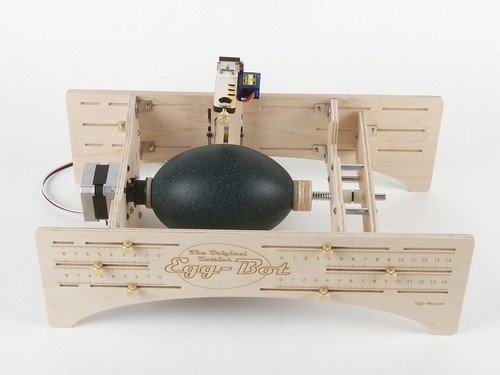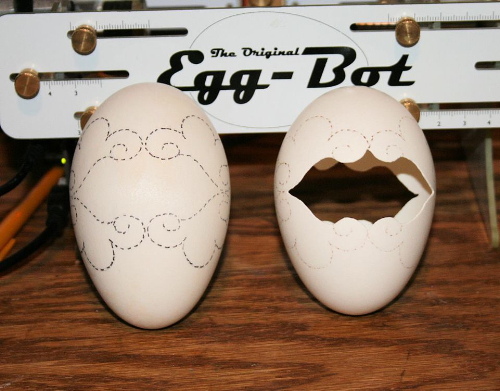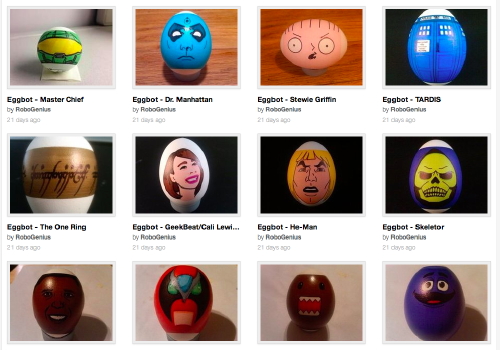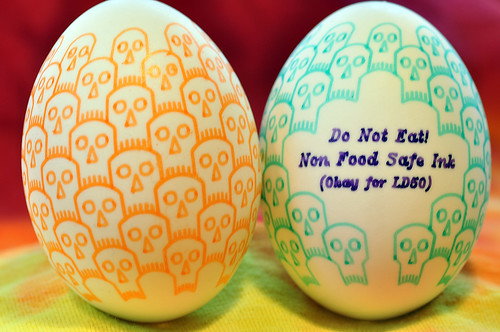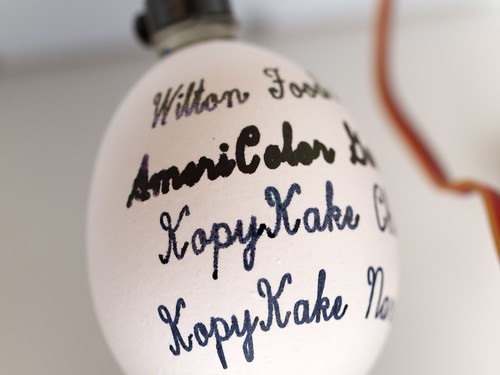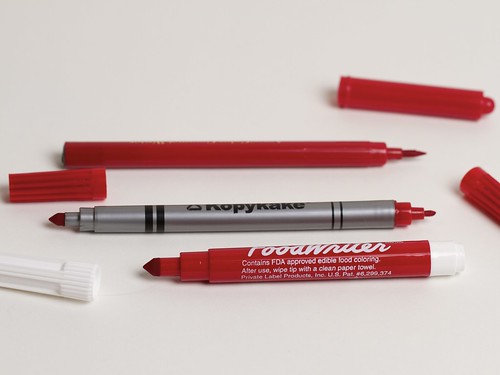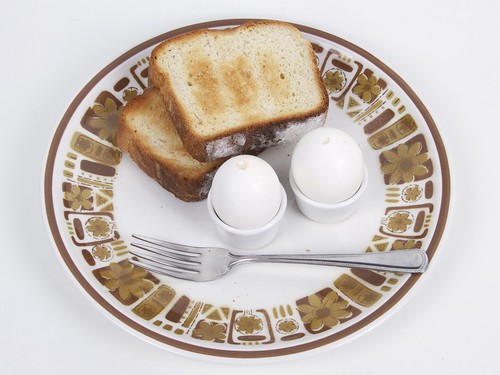While talking about egg sizes in the context of the Eggbot project, we realized that while we have access to a few samples, we do not have a good understanding of the normal variation in the sizes of various bird eggs.
The sizes of chicken eggs are well understood and well regulated, but for other types of bird eggs (like the emu egg above) the sizes are not necessarily so standard. If you have access to other types of eggs or eggshells, we’d like your help in gathering data about the size and variation in these other types of eggs.
We’ve set up a survey form to collect egg size data and we plan to post about our results once we have collected enough data.
Thank you!




